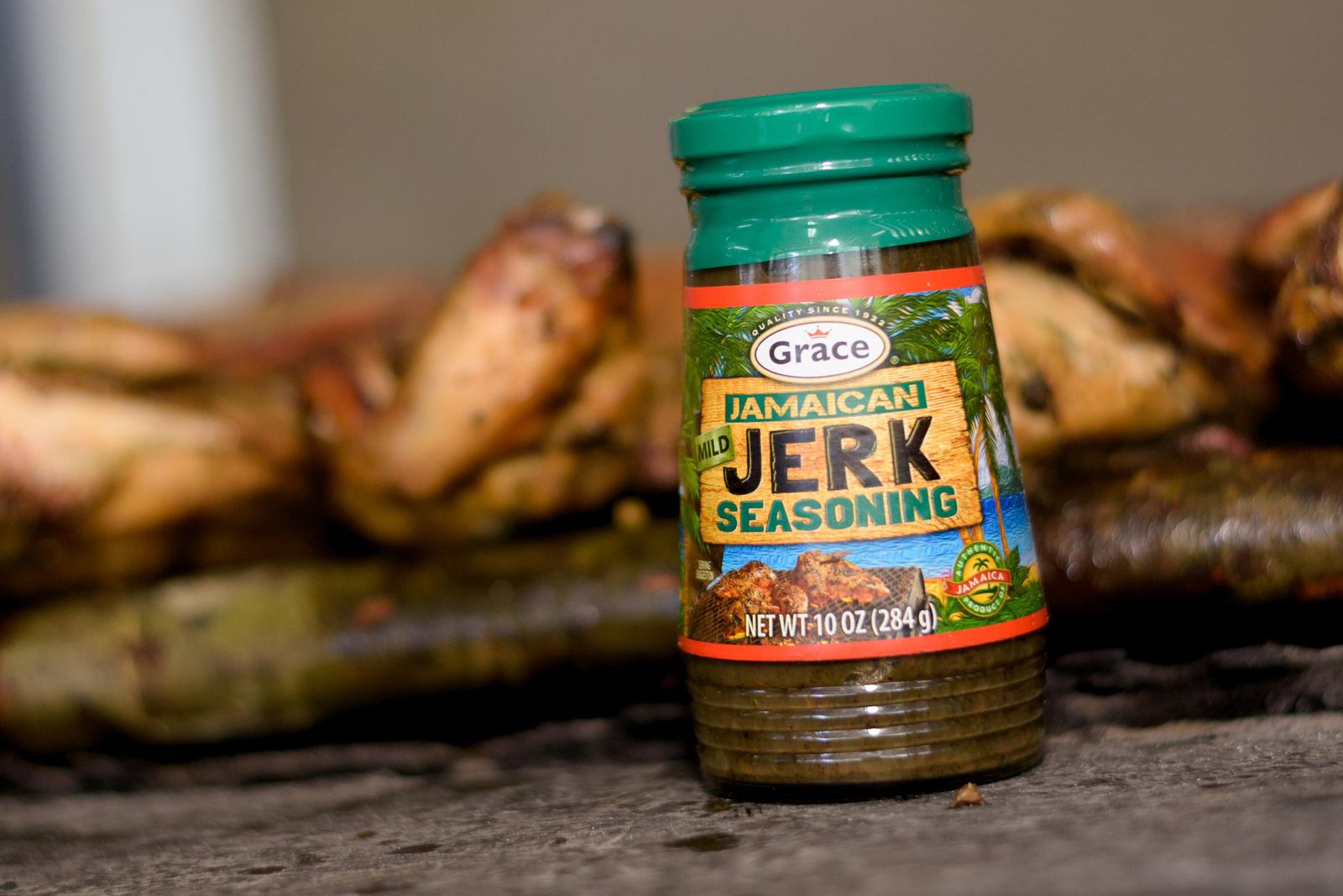Disir
Platinum Member
- Sep 30, 2011
- 28,003
- 9,609
- 910
Last month, McDonald’s franchises in the United Kingdom launched a jerk chicken sandwich as part of its 2020 festive menu. Though the fast food company clearly hoped to capitalize on jerk’s significance to Jamaican diaspora, especially at Christmastime, this dish certainly wasn’t made for the nation’s 800,000 Jamaicans.
In the same way that Jamaicans across the world digitally joined forces in 2018 to address Jamie Oliver’s ignominious Punchy Jerk Rice, they refused to let this culinary insult pass. The otherwise well-regarded plucky British chef unveiled a new microwave-able ready-to-serve package of flavored rice with garlic, ginger and hot peppers; the result was far from anything resembling what Jamaicans knew as “jerk.” Their disdain was shared through Twitter rants, op-eds and appearances on morning television. The British newspaper the Sun referred to the outraged diaspora as “snowflakes,” and numerous white people on social media lamented that jerk was “just a sandwich.” But the fact is, for Jamaicans, jerk is much more than “just” anything.
As Carolyn Cooper, notable Jamaican literary scholar, explains, jerk is “one of the enduring legacies of the fusion of African and Taíno cultures in Jamaica.” The Taíno, an Arawak people, were members of the Caribbean’s Indigenous population. They were the first to call the island Xaymaca, meaning “land of wood and water,” and first came into contact with Europeans when Columbus arrived in 1494. Spanish colonialists formally arrived 15 years later, but their settlement was small and relatively under-funded compared to other Caribbean colonies. The Spanish did however bring enslaved labor to the island, which served mostly as a trading post
War between England and Spain reached the shores of Jamaica in the middle of the 17th century, leading to a British invasion and the Spanish abandoned the island for their more established settlement in Cuba. Those who had been enslaved fled to the island’s mountains and became known as the Maroons—derived from the Spanish word cimarrones, meaning mountaineers. But by the time the Maroons encountered the island’s original inhabitants, who had also sheltered in the difficult-to-traverse ranges, 90 percent of the Taíno population had become extinct. The British, meanwhile, rapidly expanded their presence on Jamaica, shipping enslaved labor from Africa that would become the engine of the booming sugar industry. Over the years, the Maroons would grow in population as enslaved people would escape the plantations for the mountains.

 www.smithsonianmag.com
www.smithsonianmag.com
There is a recipe in the link.
In the same way that Jamaicans across the world digitally joined forces in 2018 to address Jamie Oliver’s ignominious Punchy Jerk Rice, they refused to let this culinary insult pass. The otherwise well-regarded plucky British chef unveiled a new microwave-able ready-to-serve package of flavored rice with garlic, ginger and hot peppers; the result was far from anything resembling what Jamaicans knew as “jerk.” Their disdain was shared through Twitter rants, op-eds and appearances on morning television. The British newspaper the Sun referred to the outraged diaspora as “snowflakes,” and numerous white people on social media lamented that jerk was “just a sandwich.” But the fact is, for Jamaicans, jerk is much more than “just” anything.
As Carolyn Cooper, notable Jamaican literary scholar, explains, jerk is “one of the enduring legacies of the fusion of African and Taíno cultures in Jamaica.” The Taíno, an Arawak people, were members of the Caribbean’s Indigenous population. They were the first to call the island Xaymaca, meaning “land of wood and water,” and first came into contact with Europeans when Columbus arrived in 1494. Spanish colonialists formally arrived 15 years later, but their settlement was small and relatively under-funded compared to other Caribbean colonies. The Spanish did however bring enslaved labor to the island, which served mostly as a trading post
War between England and Spain reached the shores of Jamaica in the middle of the 17th century, leading to a British invasion and the Spanish abandoned the island for their more established settlement in Cuba. Those who had been enslaved fled to the island’s mountains and became known as the Maroons—derived from the Spanish word cimarrones, meaning mountaineers. But by the time the Maroons encountered the island’s original inhabitants, who had also sheltered in the difficult-to-traverse ranges, 90 percent of the Taíno population had become extinct. The British, meanwhile, rapidly expanded their presence on Jamaica, shipping enslaved labor from Africa that would become the engine of the booming sugar industry. Over the years, the Maroons would grow in population as enslaved people would escape the plantations for the mountains.

A Brief History of Jamaican Jerk
It's more than just a seasoning or a flavor. Jerk is a whole culture worthy of celebrating, especially at Christmastime
There is a recipe in the link.